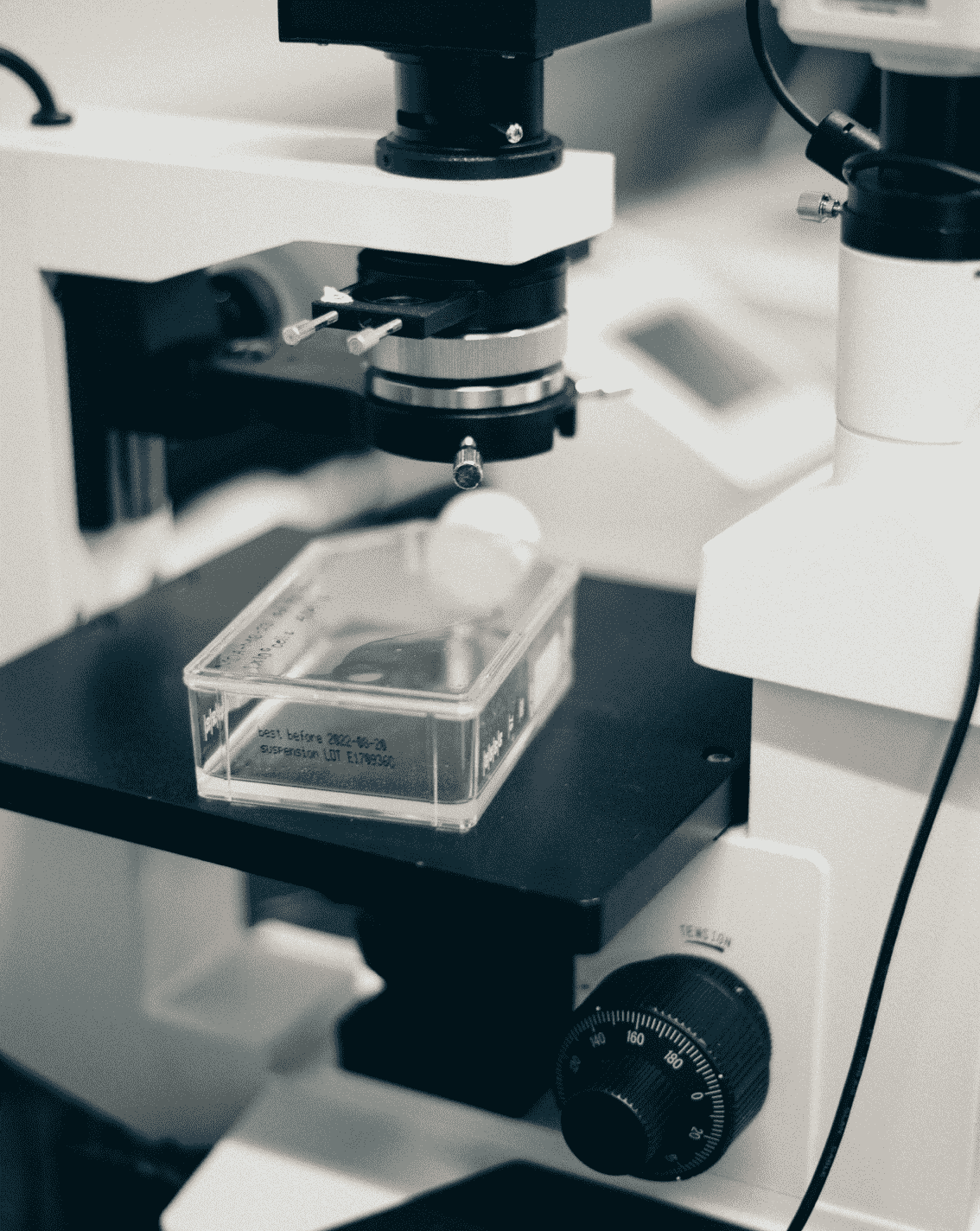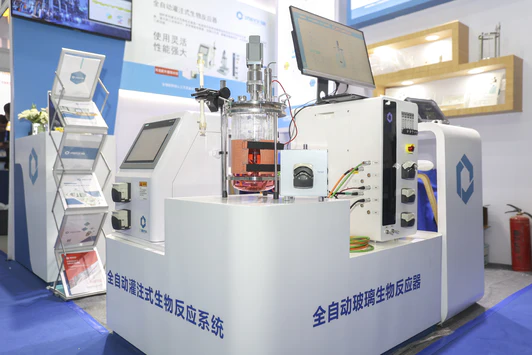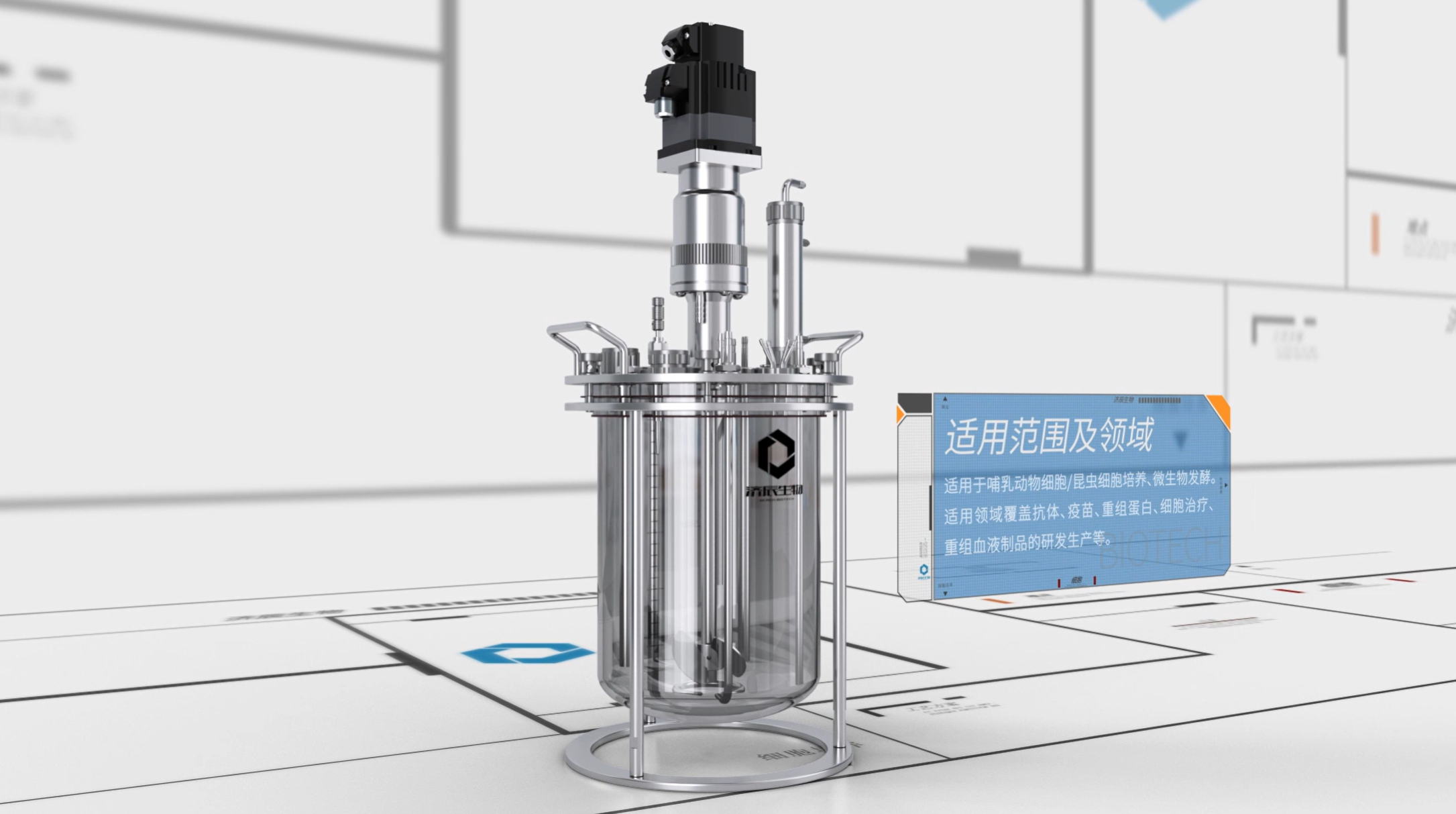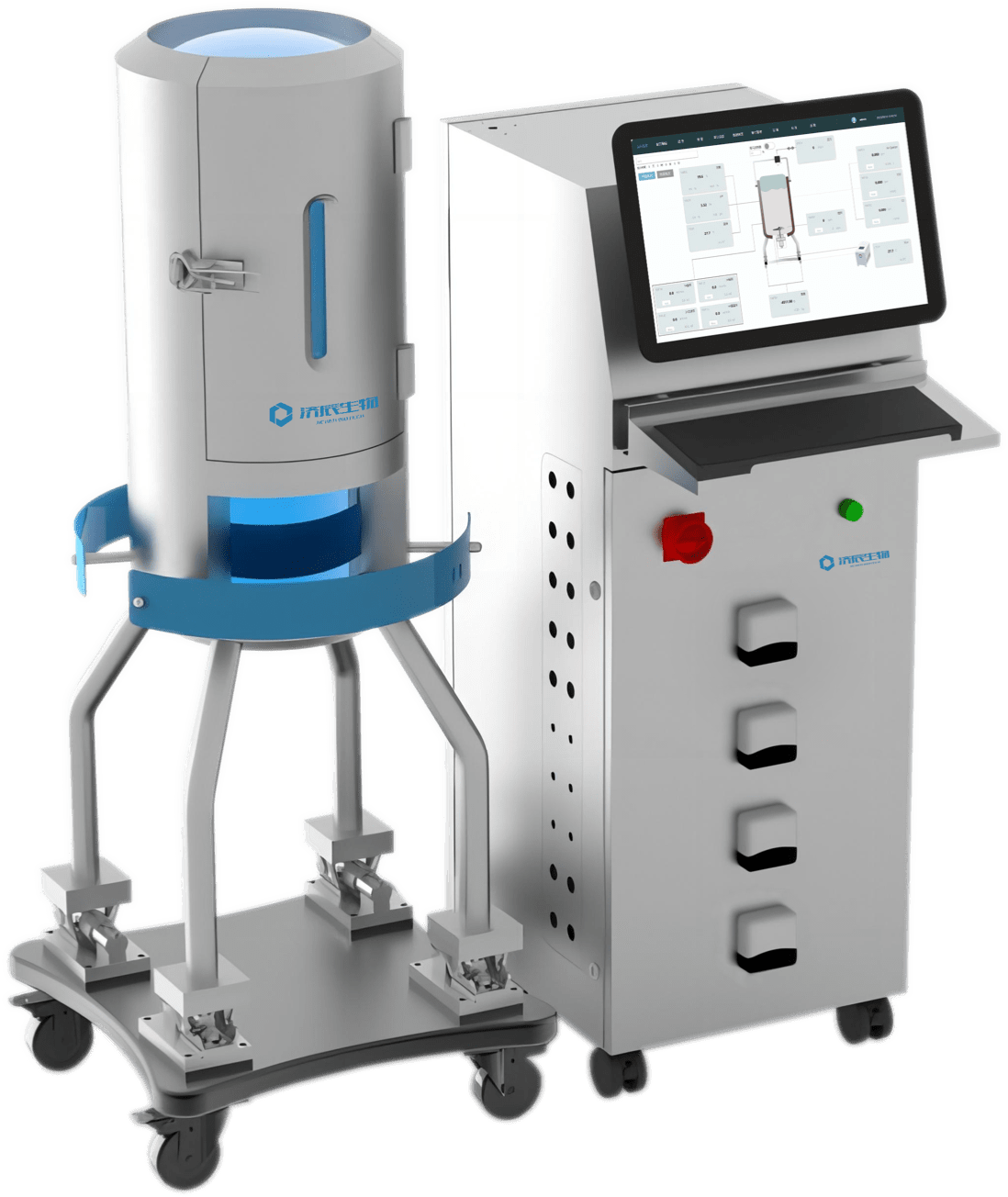In today's industrial production, the application of automation technology is becoming more and more widespread, and it plays an important role in improving production efficiency, reducing costs and ensuring product quality. However, the design of automation systems is not an easy task and requires full consideration of various factors such as process requirements, risk assessment, and system stability. In this paper, we will focus on the correspondence between process automation design and risk assessment, and discuss how to design a network architecture that meets customer needs while being safe and reliable.
Correspondence between automation design and risk assessment
- Integration of customer needs and risk assessment
}When designing an automated system, it is first necessary to respond to the customer's User Requirements Specification (URS). At the same time, a risk assessment of the automated system is performed to identify potential security hazards. The correspondence between the two is reflected in the following aspects:
- Security:Ensuring the security of the production data is a core component of the risk assessment and needs to be reflected in the automation design.
- Stability: Based on the results of the risk assessment, the design of a stable control system reduces the probability of failure.
- Expandability: Consider possible future business expansion and reserve appropriate interfaces and space.
- Concrete measures for network architecture design
The following will elaborate on the concrete measures for network architecture design from several aspects and its correspondence with risk assessment.
Data server redundancy and C/S control architecture
- Data Security Considerations
To safeguard the security of the process GMP production data, data server redundancy and client/server (C/S) control architecture are used. Specific measures are as follows:
- Data server redundancy: Realize real-time backup of data through the configuration of two or more data servers to ensure data security.
- C/S Control Architecture: Operators operate through the client, avoiding direct operation of the server and reducing the risk of data leakage and damage. 138}}Data backup : Based on the results of the risk assessment, formulate a data backup strategy to ensure that the data can be quickly recovered in the event of a failure.
- Permission Management: Setting up different permissions, restricting the scope of operation of the operators and reducing the risk of misuse.
Controller redundancy design and communication link redundancy
- Controller and Control Module Risk Response
To address the risk of the controller and the control module, the following design solutions are used in the network architecture:
- 177}}controller redundancy : two or more controllers are configured to realize mutual backup of control tasks.
- Communication link redundancy: The communication link between CPU and IO slave can choose PROFIBUS-DP redundancy or PROFINET ring network redundancy, which can improve the stability of control link.
- Risk Assessment Correspondence Measures
- Failure analysis : Identify the types of failures that may occur in the controller and the control module through risk assessment, and target redundancy design.
- Real-time monitoring: Real-time monitoring of controllers and communication links to identify and deal with potential problems.
- Considering system scalability
- }Reserve Interfaces: Reserve enough remote data interfaces, such as WINCC-OPC DA/UA, to facilitate data exchange with other systems.
- Modular design: Adopting modular design, it is easy to expand the function as needed at a later stage.
- Risk Assessment Correspondence Measures
- Requirement Analysis}: Based on the results of the risk assessment, predict the possible changes in demand brought about by future business development and make interface reservations in advance.
- compatibility test: Conduct compatibility tests on the reserved interfaces to ensure that they can be smoothly accessed to the new system in the future.
- IO Remote Module Design
- ET200MP or ET200SP module : Supports hot-swapping, which makes it easy to replace the faulty module and reduces downtime.
- Modularized design: makes maintenance work easier and improves system reliability.
- Risk Assessment Correspondence Measures
- Maintenance Strategy
- Operation training: Enhance the training for operators to improve their safety awareness and operation skills during maintenance.
System scalability and remote data interface design
- 234}}
To satisfy the future business development needs, the following aspects have been taken into account in the design of network architecture:
Automated system post-maintenance operation of the convenience of the
To improve the convenience of the automation system's post-maintenance operation, the following design is used:
- } 345}}Maintenance strategy : Based on the results of the risk assessment, develop a reasonable maintenance program and spare parts inventory strategy.
This paper discusses in detail the design of process automation from the aspects of redundancy of data servers, redundancy of controllers, scalability of the system, and ease of maintenance at a later stage. correspondence with risk assessment. By comprehensively considering customer needs, risk assessment, system stability and other factors, we can design a control scheme that best suits the customer's process system and provides strong support for industrial production. In the future, we still need to optimize the design concept to improve the safety and reliability of the automation system.









